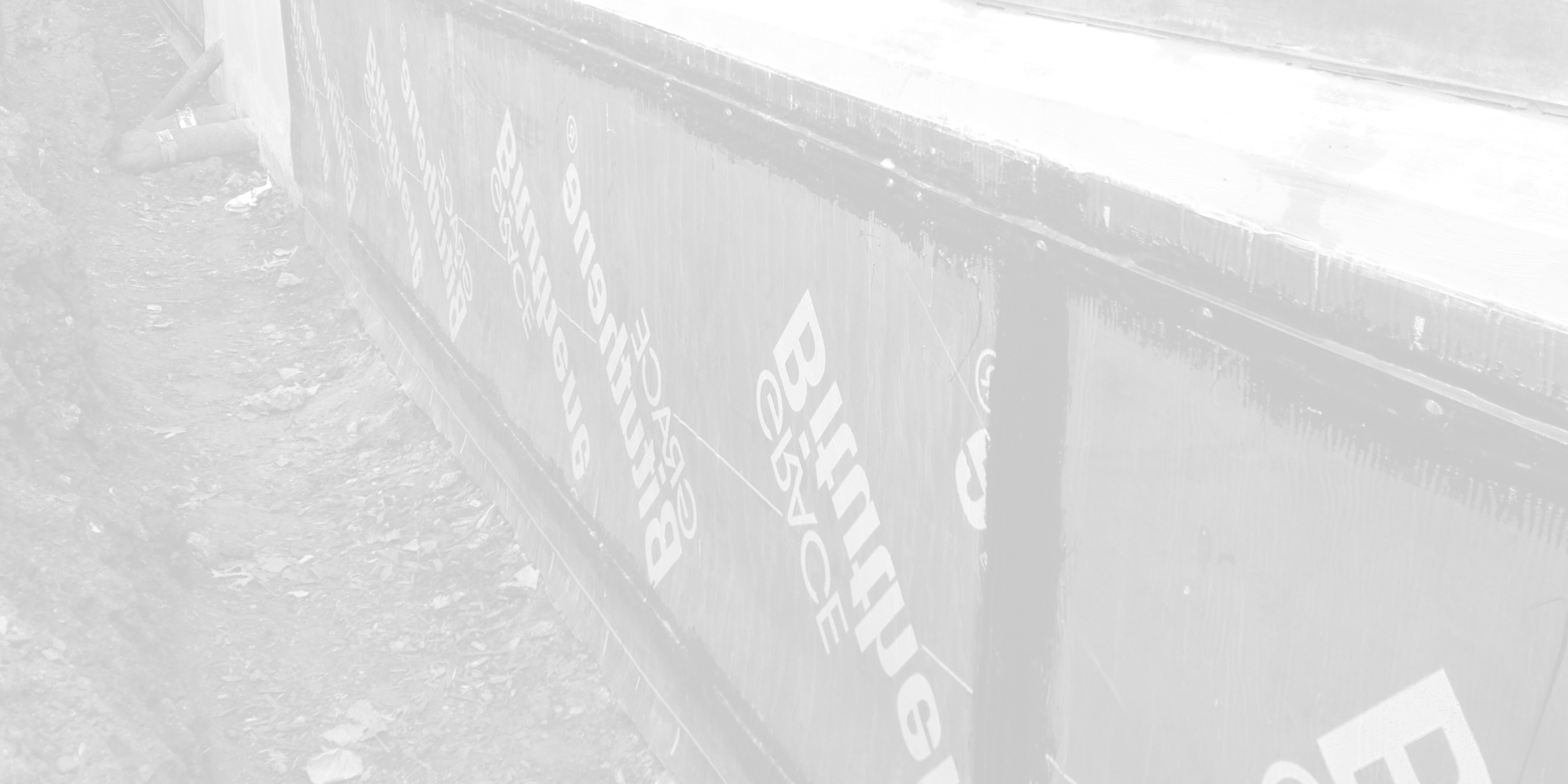
Waterproof Membranes
The foundation for waterproofing planter boxes, vapor barriers, and other installations that are covered by soil or other floor coverings, without a waterproofing barrier, these areas allow water to enter your building and cause interior damage as well as mold remediation and occupant relocation costs.
Waterproof membranes are typically replaced as needed because they are hidden, so regular maintenance is rarely possible.
Why Invest In Waterproof Membranes
Without a stout waterproofing barrier, these areas allow water
to enter work & living spaces through the concrete walls.
Concealed membranes play a critical role in waterproofing a structure. In most cases, substrates like planter boxes, vapor barriers, and other installations that are covered by soil or floor covering are exposed to more pressure from water than other parts of the building.
Planter boxes are getting watered, slabs-on-grade are under constant vapor drive pressure, and foundations have wet soil that gains moisture regularly. Besides the damage that water can cause to weaken these walls due to corrosion of the steel reinforcing, there is always interior damage that needs to be repaired, and most of the time mold remediation and occupant relocation costs are involved.
Waterproof membranes are usually expensive undertakings due to the cost of accessing the work, such as removing or replacing landscaping or flooring. For that reason, we don’t recommend cutting corners on the repair. Choose a contractor that will prepare surfaces properly and use quality materials.
Pro Tip: Do a water test if possible to make sure the repair works as intended. With everything out of the way, it is the cheapest time to course correct if needed.

Types of Buildings We Work On
SUCCESS STORIES
We don’t work without our amazing clients!
Services
-
These are waterproof membranes on top of a structural slab but below the topping slab (what you are walking on), or tiles. These membranes anticipate that water will bypass the topping course and are designed to protect the structural slab and direct water to the drains.
-
These are commonly a cementitious finish whose finish and texture are waterproof but also comfortable for bare feet and not too hot.
-
These hidden membranes line planter boxes, forming a bathtub. Drain mats and protection boards are often installed over the membrane to keep irrigation water and wet soil from long-term exposure to the membrane and protect the waterproof membrane from root or shovel damage.
-
These membranes are usually used under coping caps and as part of the flashing system at deck edges. A peel-and-stick application with great resistance to freeze/thaw cycles, these membranes are a critical part of a metal flashing system.
-
PMMA Coatings are often used as repair options in roofing applications. Applied in a three-course fashion (material, reinforcing, material), these catalyzed, reinforced repairs are UV-resistant, flexible, strong, and very long-lasting.











